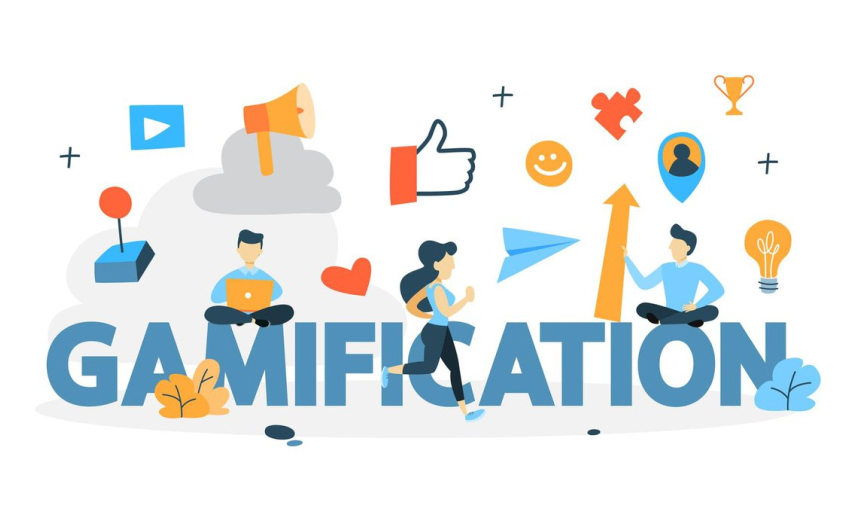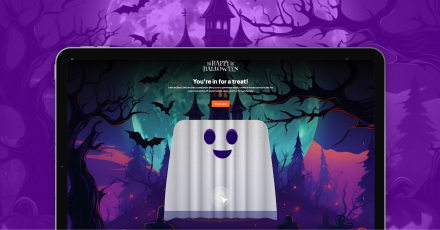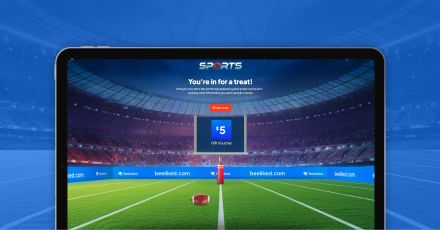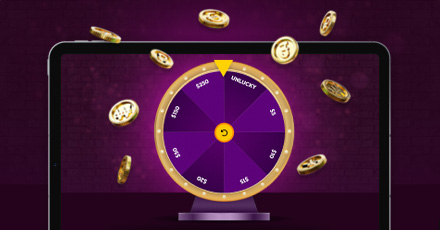In our previous post, we explored the concept of gamification in e-commerce, highlighting its benefits and showcasing successful examples from top brands. Now that you understand the power of gamification in e-commerce, it’s time to dive into the practical side of things. How do you actually implement gamification in your e-commerce business? In this follow-up blog, we’ll walk you through a step-by-step guide to help you integrate gamification elements into your online store, enhance customer engagement, and drive sales.
What is Gamification in E-commerce?
Gamification comes from the word “game” and refers to using gaming techniques in business operations, like selling products online or in physical stores. Capturing users’ attention is getting tougher, and keeping them interested is even more challenging. As a result, gamification has emerged as a captivating and effective approach for brands and retailers. Why? Adding game-like elements to browsing or purchasing makes the mundane daily activities consumers engage in much more interesting.
Understanding Gamification in Businesses

When you’re creating an e-commerce marketing or sales plan, integrating a gamification strategy will typically involve four key steps:
- The Trigger: Identify what gets users motivated. Is it curiosity, competition, or the allure of a reward?
- The Investment: Users need to put in some effort to play the game. This could be making a purchase, completing a survey, or engaging with content.
- The Action: Define how the game is structured and conducted. Clear, simple instructions ensure users know how to participate and what to expect.
- The Reward: Offer incentives that match the user’s effort and time investment. Rewards should feel worth it.
It’s essential that the reward aligns with the user’s efforts. If the game demands too much and offers little in return, it could lead to customer dissatisfaction and loss. On the other hand, a well-designed gamification strategy can keep consumer interest high by making routine actions fun and turning something like purchasing into an engaging and interactive game.
Objectives of Gamification in E-commerce
So, why exactly are businesses incorporating gamification into their online stores? Here are some of the main reasons:
- Encourage Active Engagement: Gamification elements like challenges, rewards, and competitions motivate customers to participate actively. This helps shift away from passive, one-time customers, who are all too common nowadays.
- Boost Brand Visibility: Gamification can significantly increase brand visibility. Gaming activities often prompt users to share their experiences on social media, leading to greater brand reach and engagement.
- Gather User Data: Gamification in e-commerce makes the registration process smoother and less intrusive, increasing sign-ups and data capture. This provides valuable customer information for personalized marketing and product development.
- Foster Customer Loyalty: Gamification encourages repeat visits and purchases by rewarding interactions. Offering rewards, points, or badges for completing tasks or making purchases helps build stronger relationships with your customer base.
- Generate Excitement for New Releases: Game-like elements in product launches can generate buzz. Interactive teasers, exclusive previews, or limited-time challenges related to new releases can engage users and build anticipation.
- Improve Lead Conversion Rates: Gamification can make it more compelling for new customers to engage and purchase. Interactive experiences and incentives increase the likelihood of converting potential leads into paying customers.
Understanding and implementing these objectives allows businesses to effectively use gamification in e-commerce to enhance the overall customer experience and drive meaningful results.
Steps to Implement Gamification in Your E-commerce Business

Step 1: Define Your Goals
Defining what you hope to achieve at the very beginning is crucial. Are you aiming to increase user engagement, boost sales, improve customer loyalty, or gather valuable customer feedback? Clearly outlining your goals will help you choose the right gamification elements and strategies.
Step 2: Understand Your Audience
To create an effective gamification strategy, you need to understand your target audience. What motivates them? What types of rewards are they interested in? Conduct surveys, analyze customer data, and gather insights to tailor your approach to their behaviors and preferences.
Step 3: Choose the Right Gamification Elements
There are various gamification elements you can incorporate. Here are a few popular ones:
- Points and Rewards: Assign points to customers for taking actions like leaving reviews or completing a purchase. Allow your customers to redeem the points for discounts, free products, or exclusive offers. Spin-the-wheel is an excellent game offering customers a chance to win various exciting prizes.
- Badges and Achievements: Recognize customers’ accomplishments with badges and achievements. This will motivate them while fostering a sense of community and competition. A pop-the-balloon game is an exciting way to reveal achievements. Players can pop a balloon as they hit new milestones. This is an interactive and visually engaging way to recognize your customers.
- Leaderboards: Display top customers on a leaderboard to create a competitive environment and encourage repeat engagement. Instead of simply displaying the rankings on a conventional leaderboard, send mystery boxes to your users that, when opened, display their current rank. This will engage players and create a more dynamic and exciting experience.
- Challenges and Contests: Host challenges and contests where customers can win prizes by completing specific actions, such as sharing content on social media or making a certain number of purchases. You can use a digital scratch card to uncover a new task. For example, after a customer makes a purchase or shares content on social media, they can “scratch” the digital card to reveal the next step or if they qualify for a prize.
Step 4: Promote Your Gamification Efforts
To maximize your gamification strategy’s impact, promote it across various channels. Use email marketing, social media, and in-store signage to inform customers about the new gamified elements. Encourage them to participate and share their achievements on social media to increase visibility and attract new customers.
Step 5: Monitor and Optimize
Gamification in e-commerce isn’t a “set-it-and-forget-it” strategy. Continuously monitor the performance of your elements and gather feedback from customers. Use analytics to track engagement, retention, and sales. Make adjustments based on the data to ensure your strategy remains effective and relevant. With BeeLiked, you can collect and include user data to customize each gamified promotion.
Step 6: Keep It Fresh
To prevent your gamification strategy from becoming stale, regularly update and refresh the gamified elements. Introduce new challenges, update rewards, and keep the experience exciting. Seasonal events and limited-time offers can also add a sense of urgency and drive engagement.

Simplified Strategies for Gamification in E-commerce With Beeliked
Implementing gamification in e-commerce can transform your customer engagement, retention, and sales. Following this step-by-step guide can help you create an interactive and exciting shopping experience for your customers and set your brand apart. BeeLiked offers an effortless gamified solution to inspire action, captivate your audience, and reward your leads, ensuring your gamification strategy is both effective and engaging.



















